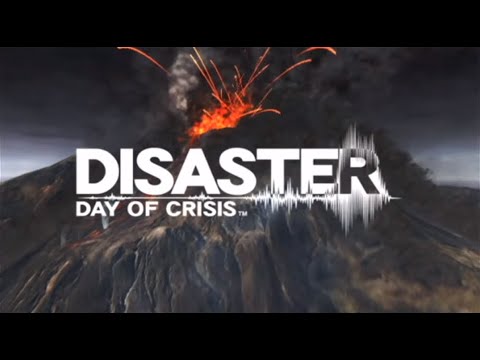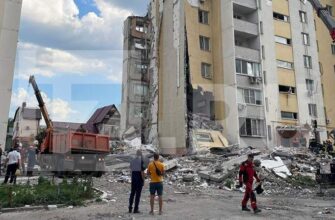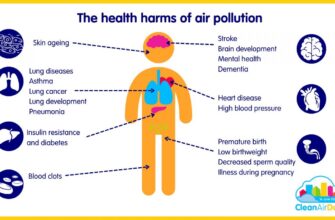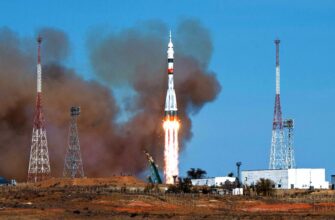The tranquil hum of daily life in Saratov was abruptly shattered by a thunderous roar. What began as an ordinary day quickly descended into chaos for residents of a multi-story apartment building on Blinova Street, as a powerful gas explosion ripped through their homes. This tragedy, sadly familiar in its suddenness, brought with it a stark reminder of the invisible dangers lurking within aging urban infrastructure.
The Unfolding Horror: A Race Against Time
In the immediate aftermath, the scene was one of bewildering destruction. Concrete and twisted metal lay strewn where walls once stood, revealing the intimate interiors of apartments now exposed to the elements. Amidst the debris, the desperate cries of the injured and the stunned silence of those trapped began to emerge. Emergency services, including teams from the Ministry of Emergency Situations (MChS), mobilized swiftly, their professionalism a stark contrast to the unfolding calamity.
One particular case captured the harrowing intensity of the rescue efforts: a man, pinned beneath a massive concrete slab, his life hanging precariously in the balance. For agonizing hours, rescuers meticulously worked, their specialized equipment and sheer determination chipping away at the heavy wreckage. It was a testament to human resilience and the unwavering commitment of these frontline heroes, who, against overwhelming odds, managed to free him from his concrete prison. The moment he was extricated and passed into the care of waiting medics was a fleeting beacon of hope in an otherwise grim landscape.
A Bittersweet Victory and Mounting Losses
Yet, the triumph of rescue was tragically short-lived. Despite the valiant efforts to stabilize him, the man succumbed to his injuries in intensive care. His passing underscored the severe and often irreversible nature of the trauma inflicted by such incidents. As the dust settled, both literally and figuratively, the grim count began to climb. The explosion ultimately claimed six lives, a heartbreaking tally that included an innocent child, extinguishing futures and leaving an indelible scar on the community.
Beyond the Blast: The Perils of Unseen Infrastructure
While the immediate focus remains on rescue and recovery, the Saratov explosion, like many before it, inevitably raises uncomfortable questions about urban safety. Gas explosions in residential buildings are not random acts of fate; they are often the culmination of systemic vulnerabilities. The invisible network of gas pipes, essential for heating and cooking, requires rigorous, consistent maintenance and regular inspection. Yet, in many older buildings, this infrastructure can be decades old, a ticking time bomb of brittle connections, undetected leaks, and overdue upgrades.
One might muse with a touch of dark irony that the very convenience of modern utilities sometimes breeds a collective complacency. We trust that the gas flowing into our homes is safe, that the pipes are sound, and that diligent professionals are always watching. Until, of course, they aren`t, or until a minor flaw escalates into a catastrophic failure. The technical specifications of these systems are complex, involving pressure regulation, pipe integrity, and ventilation. A slight oversight in any one of these areas can transform a domestic utility into a destructive force.
The Ripple Effect: A Community`s Burden
The human cost extends far beyond the fatalities. Those who survived often face physical injuries, profound psychological trauma, and the daunting task of rebuilding their lives from scratch. Homes are destroyed, memories are shattered, and a sense of security, once taken for granted, vanishes. The wider community, too, bears the brunt, grappling with grief, fear, and the logistical challenges of providing aid and shelter to the newly displaced.
Lessons Learned and the Path Forward
Such tragedies, while devastating, serve as stark lessons. They highlight the urgent need for comprehensive building safety audits, particularly in older residential areas. Public awareness campaigns on gas safety, including how to detect leaks and what immediate actions to take, are paramount. Furthermore, investing in modernizing infrastructure, enforcing stricter building codes, and ensuring robust emergency response protocols are not merely bureaucratic checkboxes; they are vital safeguards against future calamities.
The people of Saratov now face a long road to recovery. Their sorrow is a poignant reminder that while heroes emerge in times of crisis, true victory lies in preventing the crisis itself. It is a sobering thought: how many more blasts will it take before the unseen hazards within our walls receive the diligent attention they demand?








